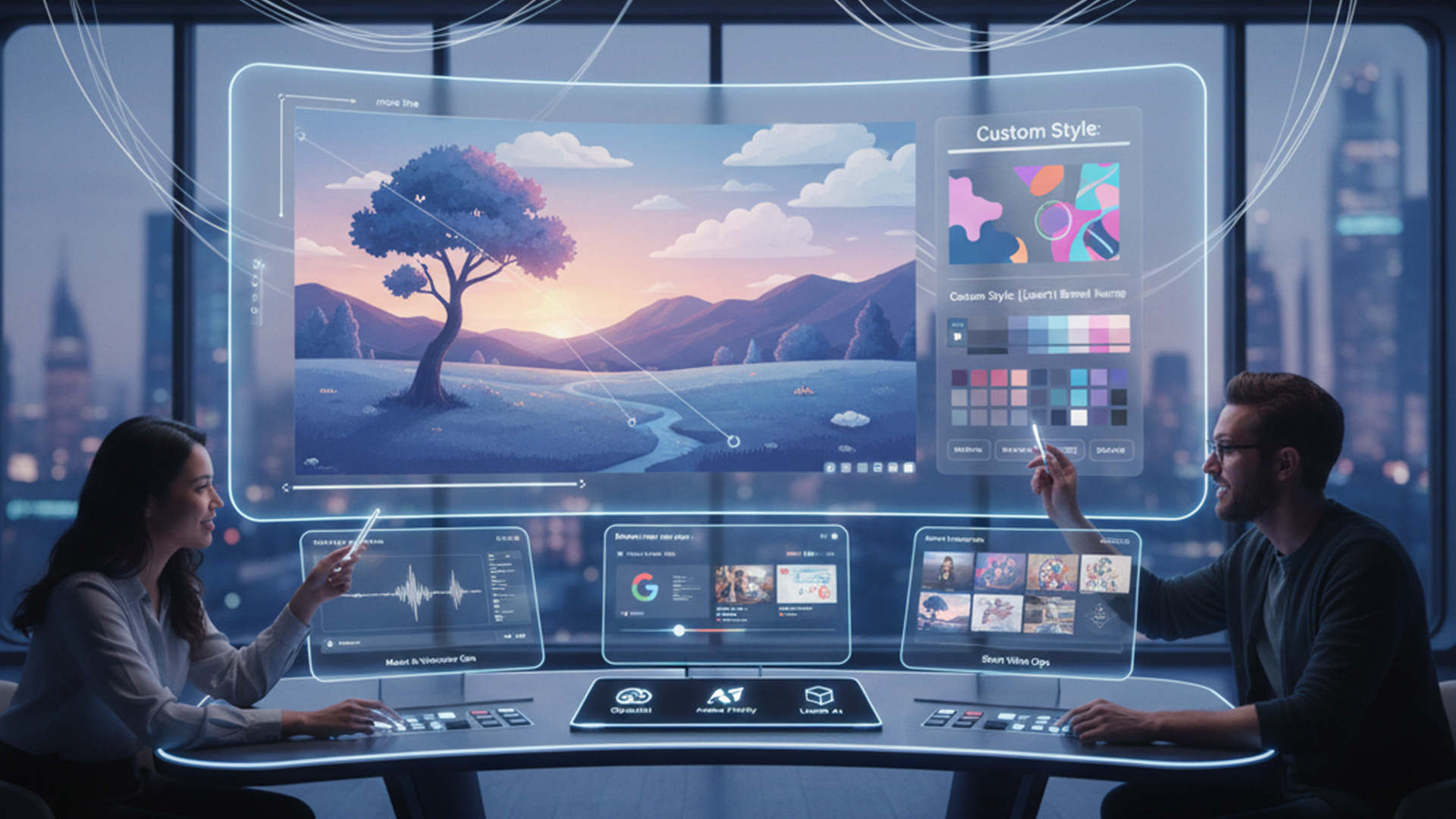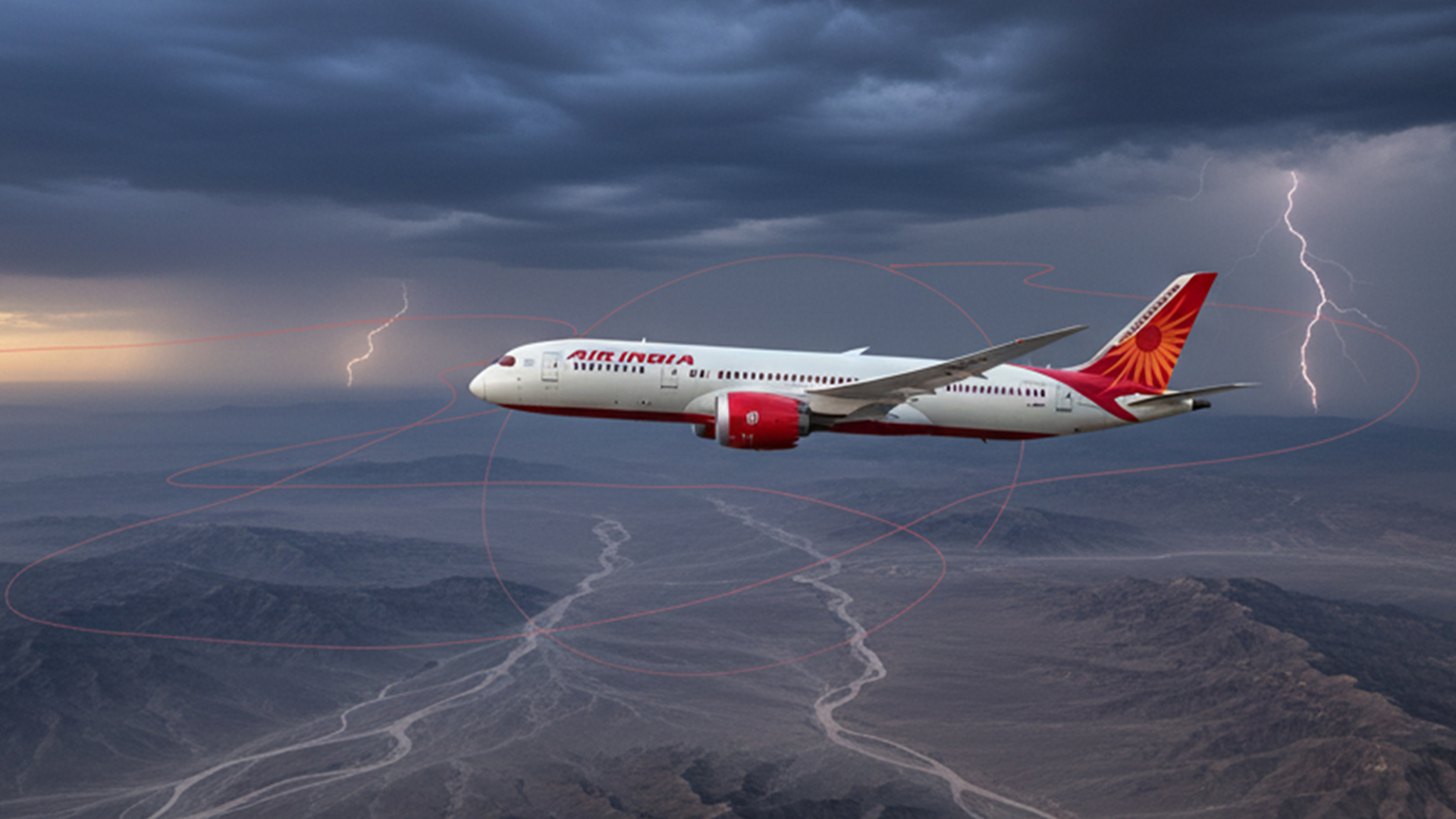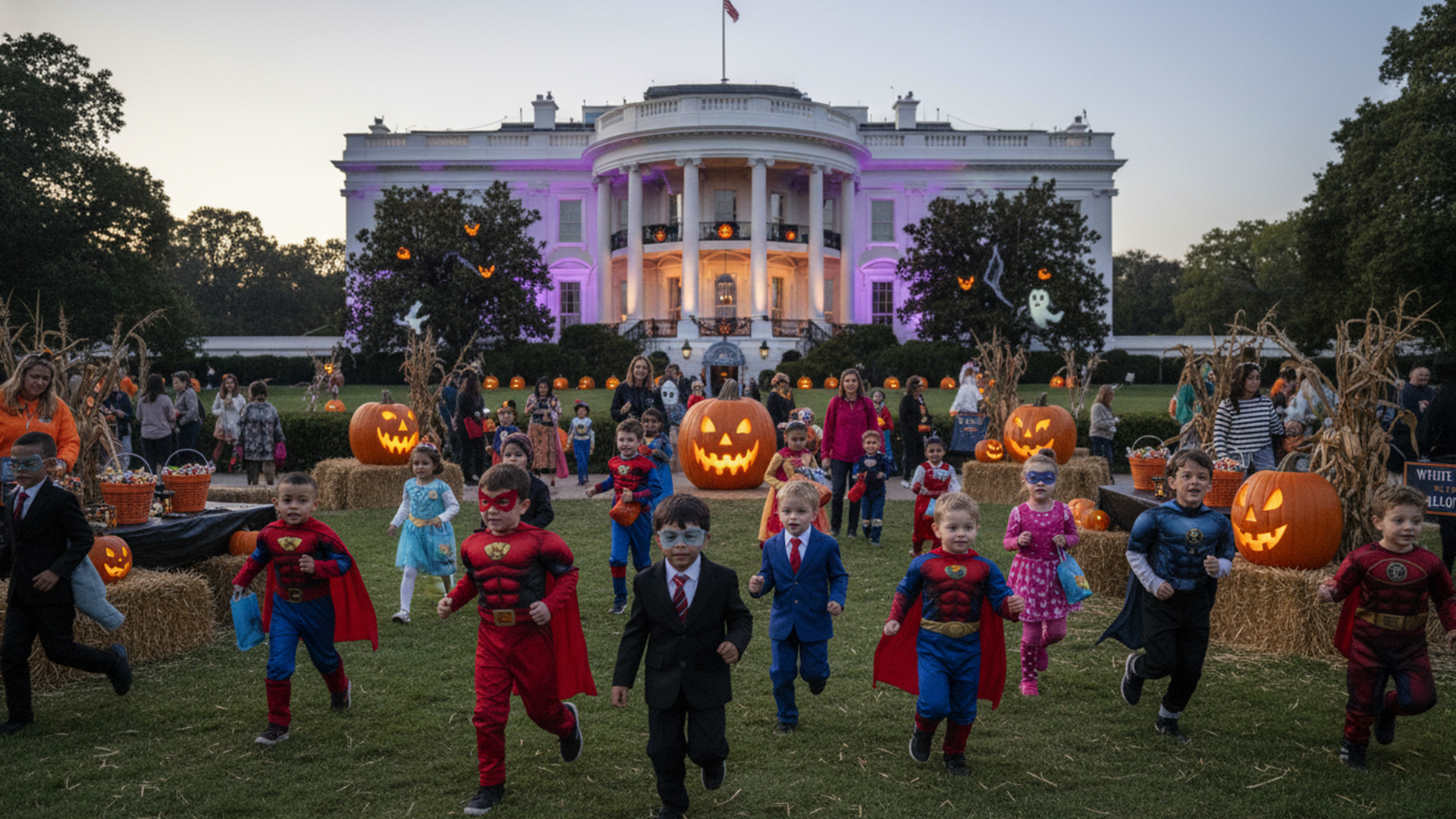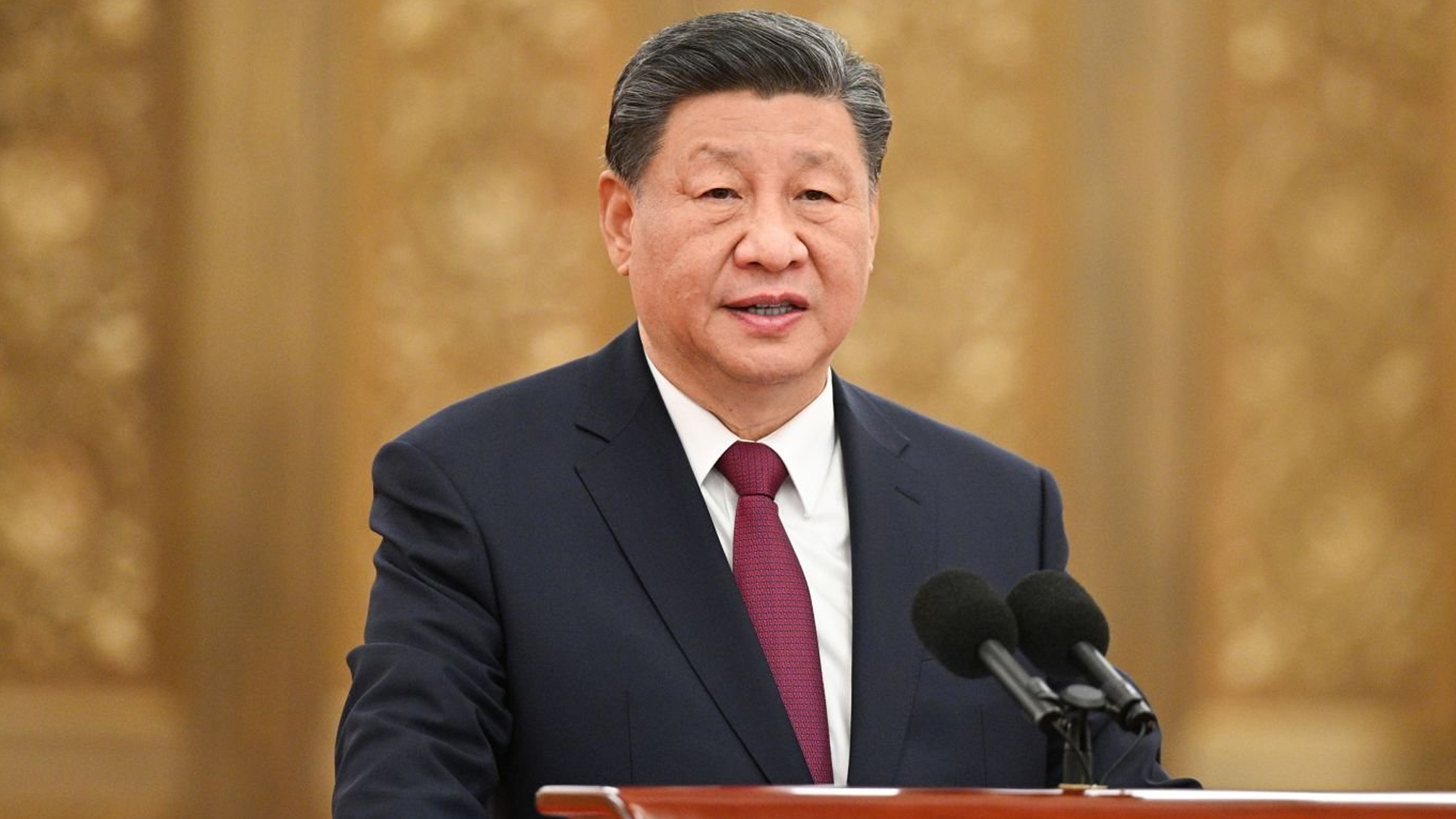Adobe’s newest update, Firefly Image Model 5, feels less like a tool upgrade and more like a creative awakening. The generative-AI engine, now in public beta, aims to blur the boundaries between human artistry and machine precision, helping creators express ideas faster, truer, and more intuitively.
One of its standout features is Layered Image Editing. Think of it as Photoshop meeting AI intuition. Firefly can now break an image, whether generated or uploaded, into distinct parts like foreground, background, and subjects. This means a creator can move a tree, soften a shadow, or replace a cloudy sky simply by typing a prompt. Its new Prompt-to-Edit function listens, interprets, and acts, without breaking the visual harmony of the scene.
Another leap forward is Custom Model Training, a feature that allows users to teach Firefly their own artistic language. By uploading a portfolio or a set of branded visuals, designers and marketers can train Firefly to mirror their specific tone, color palette, or illustration style. The AI then generates new material, logos, characters, or campaign imagery that feels uniquely “theirs.” It’s a dream come true for creators chasing visual consistency across projects.
But Adobe’s ambitions go further. Firefly is evolving into an all-in-one creative studio, capable of generating not just images, but also music, voiceovers, and short video clips, all from a single interface. This unified workspace promises to simplify the creative process from concept to final edit.
For the first time, Adobe is also opening Firefly to partner AI models from OpenAI, Google, and Luma AI, allowing users to choose the engine that best fits their project.
With Firefly 5, Adobe is reimagining what creative freedom feels like in the age of AI, which pitches on fast, fluid, and deeply personal.
Also Read: ₹38,000-Crore Fertiliser Support for Rabi 2025-26





